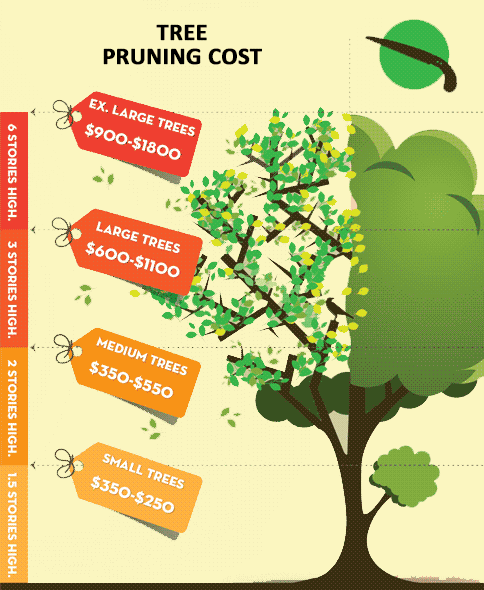Seasonal Tree Maintenance: Standards For Dealing With Trees Before And After They Are Removed
Seasonal Tree Maintenance: Standards For Dealing With Trees Before And After They Are Removed
Blog Article
Developed By-
When Learn Alot more Here involves seasonal tree treatment, making certain proper management before and after removal can significantly affect the health and wellness and looks of your landscape. By understanding the essential steps involved in analyzing tree health and planning for removal, you can proactively guard your residential or commercial property. Yet what regarding the vital methods to comply with when the tree is gone? Stay tuned to find the necessary post-removal treatment measures that will help you cultivate a growing and lasting environment for your trees.
Pre-Removal Tree Treatment
Prior to attending to the elimination of a tree, it's important to prioritize pre-removal tree treatment. Beginning by analyzing the tree's health and architectural stability. Look for signs of disease, insect infestations, or any type of structural issues that might present a safety threat throughout removal. It's essential to consult with a certified arborist to figure out the very best course of action.
Trimming dead or unhealthy branches can stop additional damage to the tree and ensure a smoother elimination process.
Furthermore, take into consideration the environmental impact of getting rid of the tree. Trees play a vital duty in our community, so growing a new tree in an appropriate place can help offset any kind of loss. Ensure that you have the necessary licenses and permissions for tree removal, particularly if the tree is shielded by local policies.
Seasonal Upkeep Tips
Evaluating your tree's requirements throughout the year is necessary for its health and long life. To keep your trees in top condition, follow these seasonal upkeep pointers.
In spring, concentrate on pruning to get rid of dead or broken branches and encourage new growth.
Summer season asks for routine watering, particularly during dry spells, to guarantee your tree remains hydrated.
As loss approaches, watch out for early indicators of illness or stress and anxiety, and think about using mulch to shield the roots throughout winter months.
In wintertime, beware when removing snow from branches to prevent damage, and remain to check your tree's overall health and wellness.
Bear in mind to readjust your treatment routine based upon the certain needs of your tree varieties and local climate. By remaining conscientious and positive throughout the periods, you can aid your trees grow and flourish for many years ahead.
Post-Removal Tree Treatment
To make sure the health of your landscape also after tree removal, correct post-removal care is vital. After a tree is removed, it's essential to load the staying opening with topsoil and small it to avoid settling. This will help preserve the integrity of the ground and prevent prospective threats in the future.
Consider planting new plants in place of the gotten rid of tree to recover the equilibrium and aesthetics of your landscape. Regularly water the location to promote the development of brand-new plants and protect against soil erosion.
Examine the surrounding trees for any indications of illness or anxiety that might have been brought on by the removed tree. Watch out for insects that might've been brought in to the previous tree and take preventive measures to protect the continuing to be plant life.
If necessary, talk to a specialist arborist to assess the effect of the removal on the surrounding trees and identify any kind of extra care needed. By following reliable tree service expert -removal treatment steps, you can make certain the continued health and wellness and appeal of your landscape.
https://www.montana.edu/news/19681/msu-student-seeks-to-create-more-equitable-environments-through-landscape-architecture
In conclusion, aggressive seasonal tree care is crucial for preserving the health and balance of your landscape. By evaluating tree health, trimming, and consulting with an arborist before elimination, you can ensure a secure procedure. After elimination, filling the hole, growing brand-new greenery, and routine watering will certainly promote brand-new growth and avoid disintegration. Remember to evaluate surrounding trees for disease and look for additional treatment measures from an arborist to keep your landscape flourishing.
